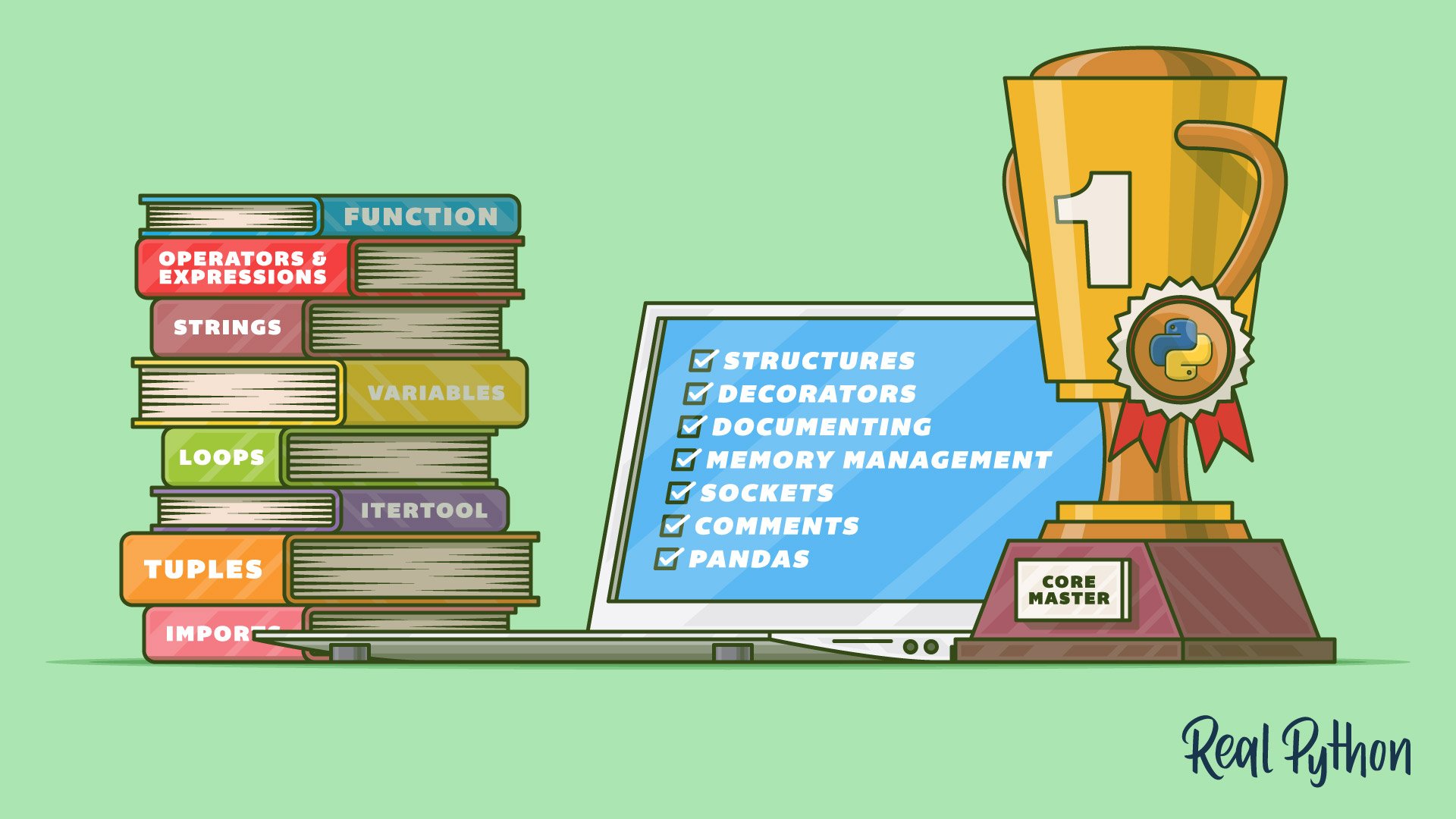In this course, you’ll learn how to approach functional programming in Python. You’ll start with the absolute basics of Functional Programming (FP). After that, you’ll see hands-on examples for common FP patterns available, like using immutable data structures and the filter(), map(), and reduce() functions. You’ll end the course with actionable tips for parallelizing your code to make it run faster.
You’ll cover:
- What functional programming is
- How you can use immutable data structures to represent your data
- How to use
filter(),map(), andreduce() - How to do parallel processing with
multiprocessingandconcurrent.futures
What’s Included:
- 32 Lessons
- Video Subtitles and Full Transcripts
- Q&A With Python Experts: Ask a Question
- Certificate of Completion
Related Learning Paths:



samuelebright on Jan. 30, 2022
Thank you Dan for this course. I’m looking forward to storing data from Excel sheets in immutable data structures and then using some of the strategies from the videos to manipulate the data for use in my programs.